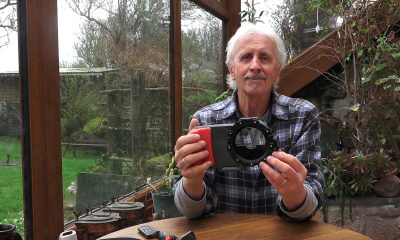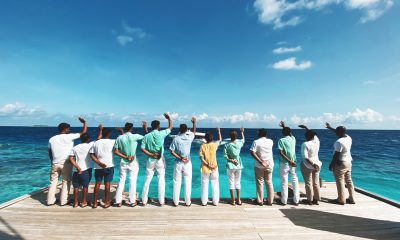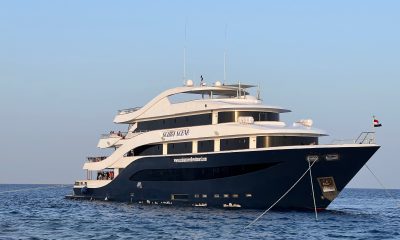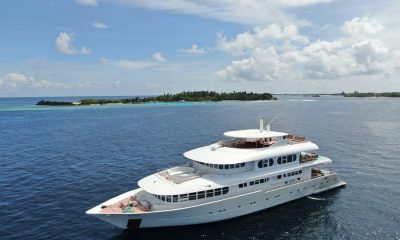News
Shooting in Less than Perfect Visibility in the Maldives
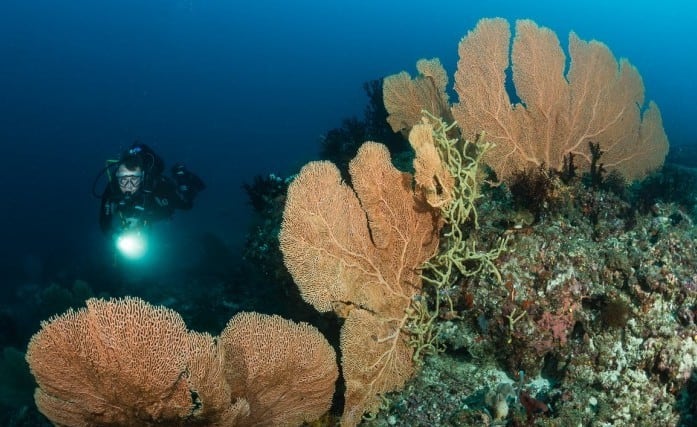
I’ve recently returned from the Maldives on the rather swish and fabulous MV Orion, one of the stars of the Constellation Fleet. Your approach to taking pictures in the Maldives has to be altered as the seasons and locations alter.
At times of the year the visibility can rival the Red Sea; however, a lot of the time it is compromised by comparison. One of the reasons that the waters in this area are frequented by large pelagic beasts like Manta and Whalesharks is because of the tiny plankton providing the major food for these ocean giants. This tiny plankton, in the main, is what hampers the visibility. If you’ve kept track of my recent Facebook posts of those Manta and Whalesharks though, you could be forgiven for thinking that the visibility was crystal clear. And certain adaptations are what is needed to shoot in this less than perfect visibility to make your photos look like the viz is clearer than it is.
I find that the age old adage of underwater photographers to “get close” is never more apt than when in these slightly murkier conditions.

This is exactly the sort of example that shows the Maldives looking its most colourful. It’s a deception really due to the colourful balled up anemone in the foreground, it’s been shot using a fisheye lens, and I’m shooting through only inches of water – the less than perfect viz is disguised.
A Fish Eye View
So I choose to shoot with a fisheye lens and really get close when shooting reef scenes, placing the main object of interest in the forefront of the frame. This tends to lead the eye into the picture which is a great compositional stand by, and it also has the benefit of shooting through much less water for this close object, so even if the background isn’t crystal clear and distinct, the foreground will be.
One of the more frustrating creatures to shoot well in the Maldives is the relatively frequent visiting reef sharks. Usually White Tips swirling in the currents at the edges of channels, but occasionally you may get visited by Grey Reefs too.
I have always had difficulty shooting these with my standard weapon of choice, the fisheye lens.

OK, here is a subject that demands a dramatic angle. I was shooting with a longer than normal focal length, so unable to let the drama by ramping it up with a “fisheye in it’s face” sort of a composition, which just wasn’t possible. Fearsome though they may seem, this shark like most was quite shy. So I opted for a short telephoto lens to make them big in the frame. This meant that to turbo charge the dynamics a bit I simply tilted the camera. Well actually I didn’t, I lie – what I did was take a pretty straight shot and after converting it to black and white I cropped it in Lightroom with a bit of a tilt. Although to be perfectly honest if you can remember to frame like this in the first place you won’t waste any valuable pixels, and keep the quality high.
And so on occasion I have resorted to using longer focal lengths, from standard wide angle lenses all the way through to short telephoto or macro lenses. This is of course a compromise, and you still end up shooting through plankton-filled water, but at least you can get something. In fact if you have a compact camera with a range of focal lengths you may well end up getting closer and often better shots than those of us sporting super wide fish eye lenses.
Go Big, or Go Home
Luckily the largest of the Maldives marine life, the Manta’s and Whale Sharks, are usually quite easy to get close to, so it’s back to the fisheye and wide-angle lenses for these.
You still have to be careful though as one of the other unwanted side effects of shooting in plankton-rich water is that your strobe positioning needs to be attended to with more care, as the plankton will cause back scatter really easily. So I always make sure that my strobes are positioned well behind the dome lens front, and also pointed slightly out.

My strobe positioning for these two (3) manta circling overhead was more a case of luck than judgement, as they happened to be at just the right distance from me to get proper strobe coverage with minimal backscatter. You can see it’s not as clear by the manta in the distance (bottom left).
For the picture below of the Whale Shark I’ve used the exact same technique that I used in Mexico to shoot the Whale Sharks there, with Shutter Priority.
The Whale Shark was only encountered from a snorkelling viewpoint and so to make myself more streamlined and hydrodynamic I removed the strobes from my rig. Just like in Mexico I only managed a few shots, before I ran out of steam, as the Whale Shark “sped” by me in a rather languid fashion!

I was lucky that this Whale Shark turned towards me, and as it’s relatively slow moving shutter priority has frozen its languid movements.
So in summary the trick to getting clearer shots is very simple – you need to get rid of as much water between you and the subject as possible, so the order of the day is a wide angle lens of some description, and generally with the exception of shooting shy sharks the wider the better.
[hr style=”single”]
 Duxy is the in house photo-pro for UK-based dive tour operator Scuba Travel. To find out about availability on Scuba Travel’s underwater photography workshops hosted by Duxy click here.
Duxy is the in house photo-pro for UK-based dive tour operator Scuba Travel. To find out about availability on Scuba Travel’s underwater photography workshops hosted by Duxy click here.
Blogs
TRAVEL BLOG: Jeff Goodman Dives SOMABAY, Part 1

For a week at the end of February I was invited to sample the diving with Orca Dive Club based at the Breakers Diving and Surfing Lodge by courtesy of SOMABAY.
Somabay covers an entire peninsula and is home to several resorts as well as residential compounds. Somabay caters for scuba diving as well as many other sports, including windsurfing, golf, sailing, go-carting, horse riding and many other activities.
All the activities are of a world-class standard and any or all of these can be booked directly from The Breakers.
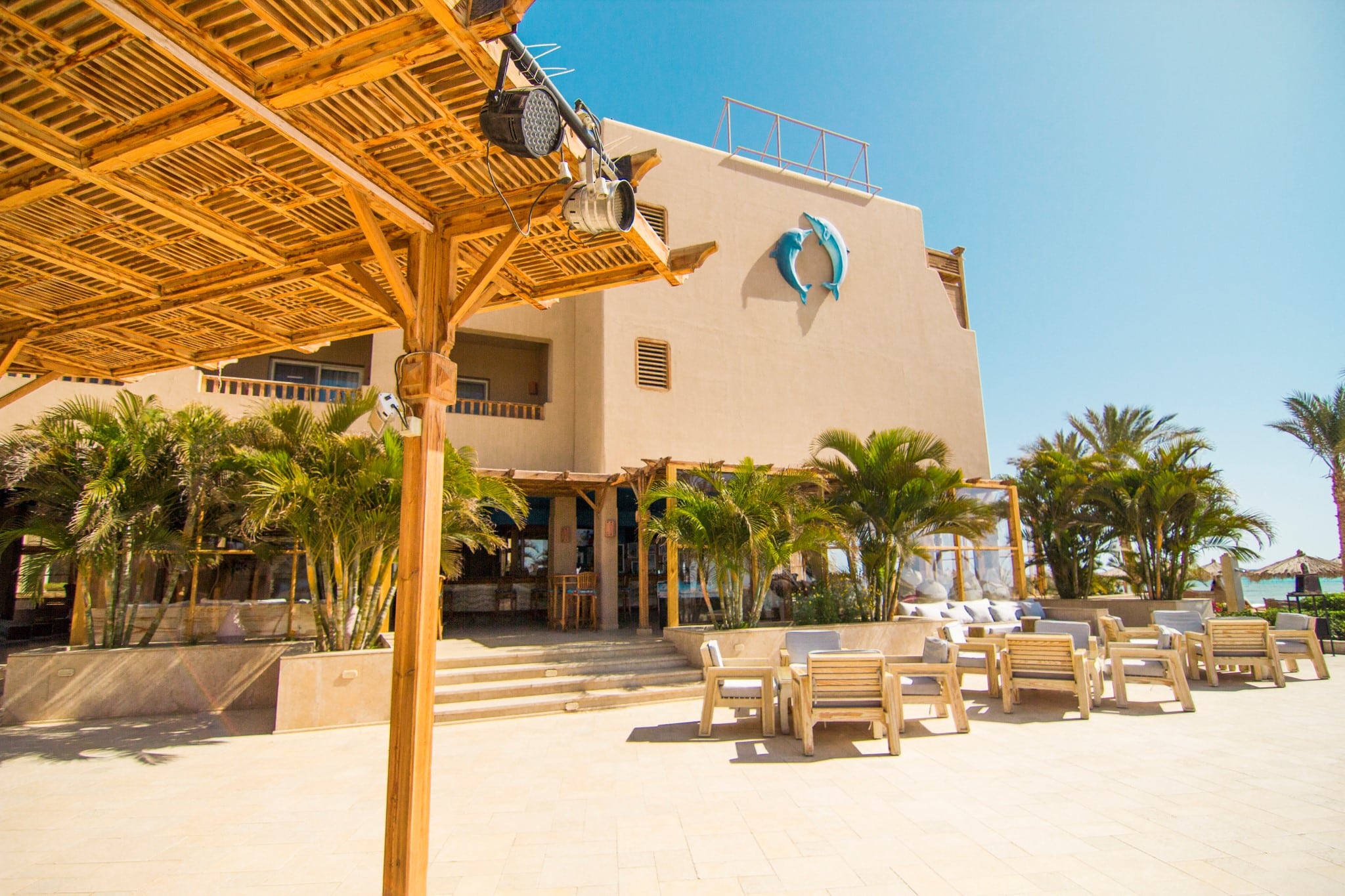
I took Easyjet from Bristol (UK) to Hurghada. Easyjet are not by any means my favourite airline but the flight was cheap and direct (except for the surprise extra £48 I was charged at the gate for my carry-on bag).
I was met at Hurghada airport by a driver and car and taken to the Breakers 28 miles (45Kilomaters) south along the coast. Once at the hotel I was too late for an evening meal and so a basic meal was delivered to my room. That and a beer from the fridge and I was fast asleep.
Early the next morning after breakfast I arrived for my rep meeting at the Orca Dive Center for 8.00am. I was immediately made to feel welcome, and after brief introductions I got some dive gear from the store, had a chat with my dive guide Mohamed and got ready to try the house reef situated at the end of a very long wooded pier where all diving gear and divers are taken out by buggies.
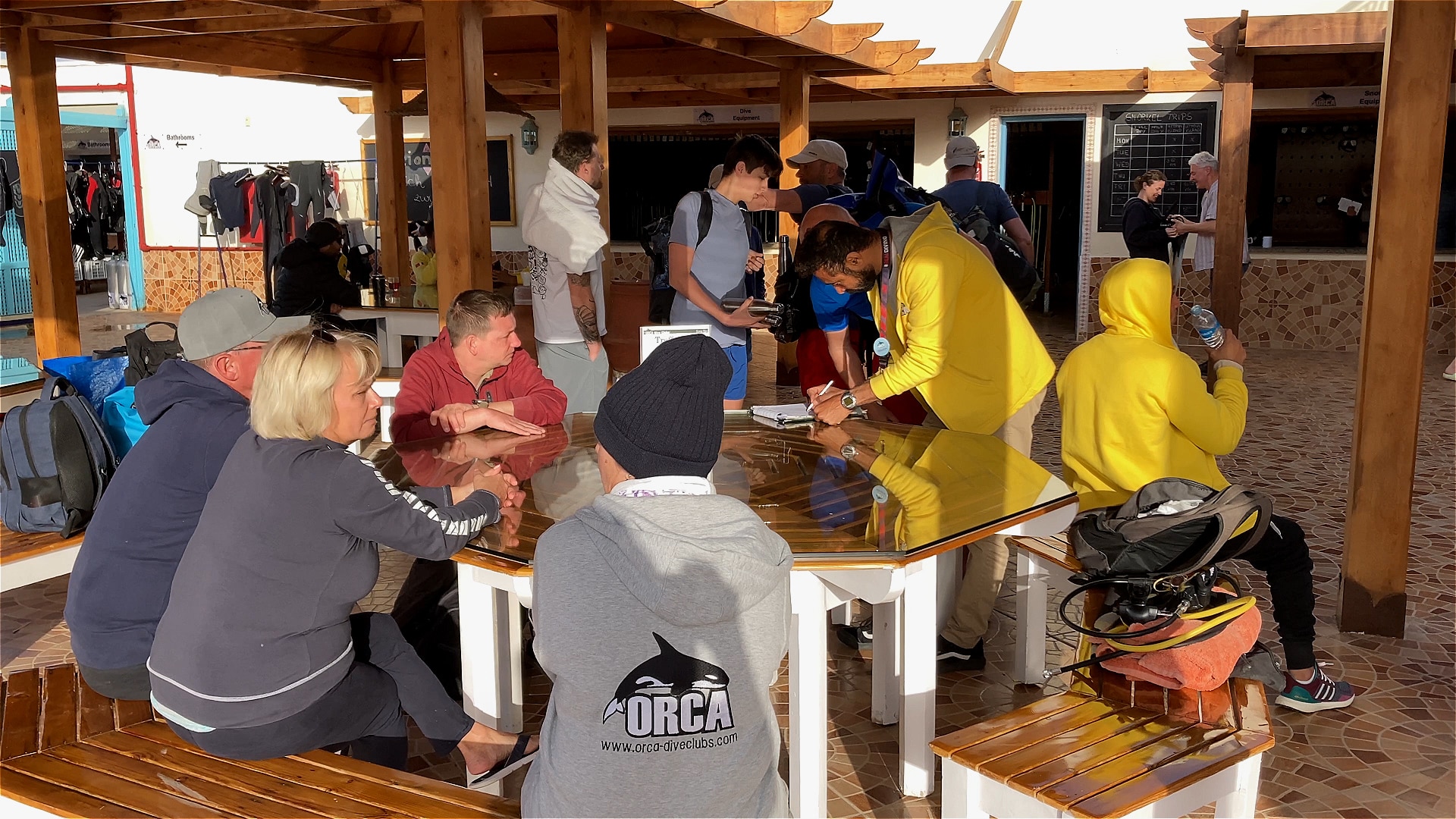
Once at the end of the pier, a helping hand from staff makes sure your gear is set and then it’s a short walk to the very end where you can either climb down a ladder of simply jump in the water next to the reef. The house reef extends both north and south giving a very easy and safe dive with plenty to see. At this time of the year the water temperature was a constant 22 degrees Centigrade and there was little or no current, so there were no issues in swimming back to the pier.
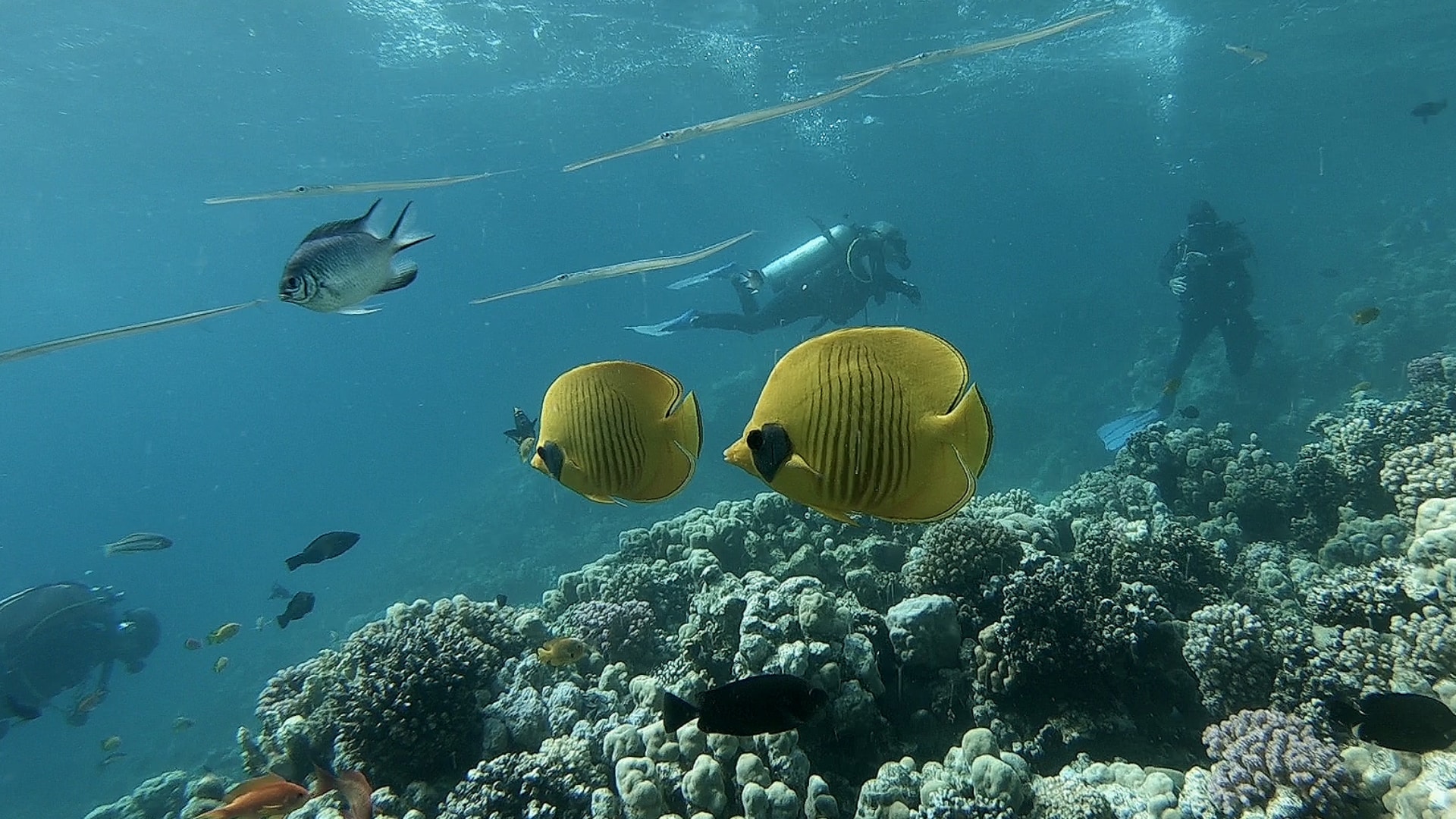
Quite a few divers were in dry or semi-dry suits, but being from the UK and used to the cold I found a 3mm wetsuit with a 3mm neoprene vest quite comfortable. Even after 50 years of diving I still find that first dive of a trip slightly nerving until I am actually underwater and then all becomes relaxed and I ease into auto diving mode. There was plenty to see with many of the Red Sea favourites along the way.
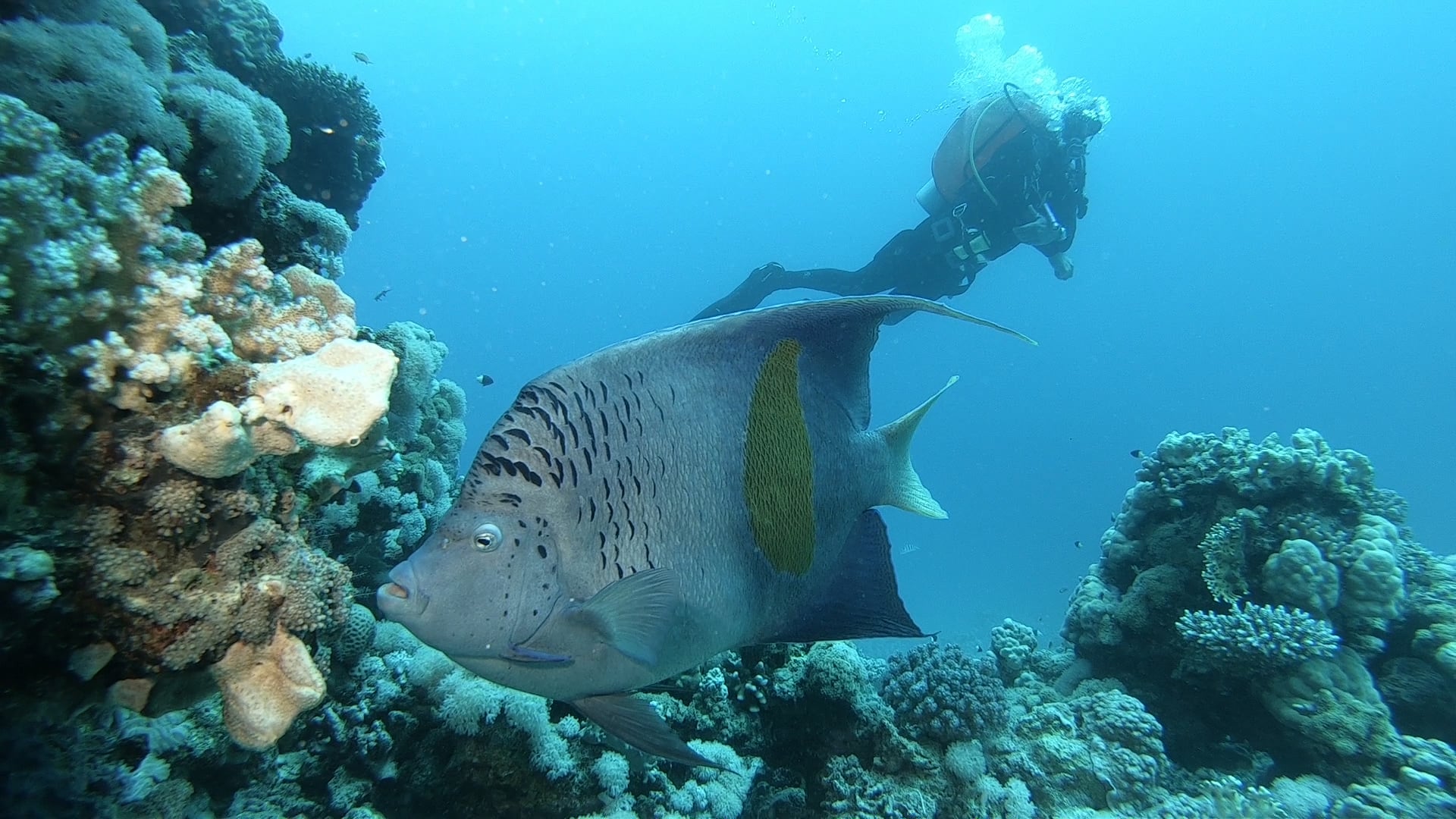
After the dive and a buggy ride back to the hotel for a very good buffet lunch I was back in the water, once again on the house reef for an afternoon dive.
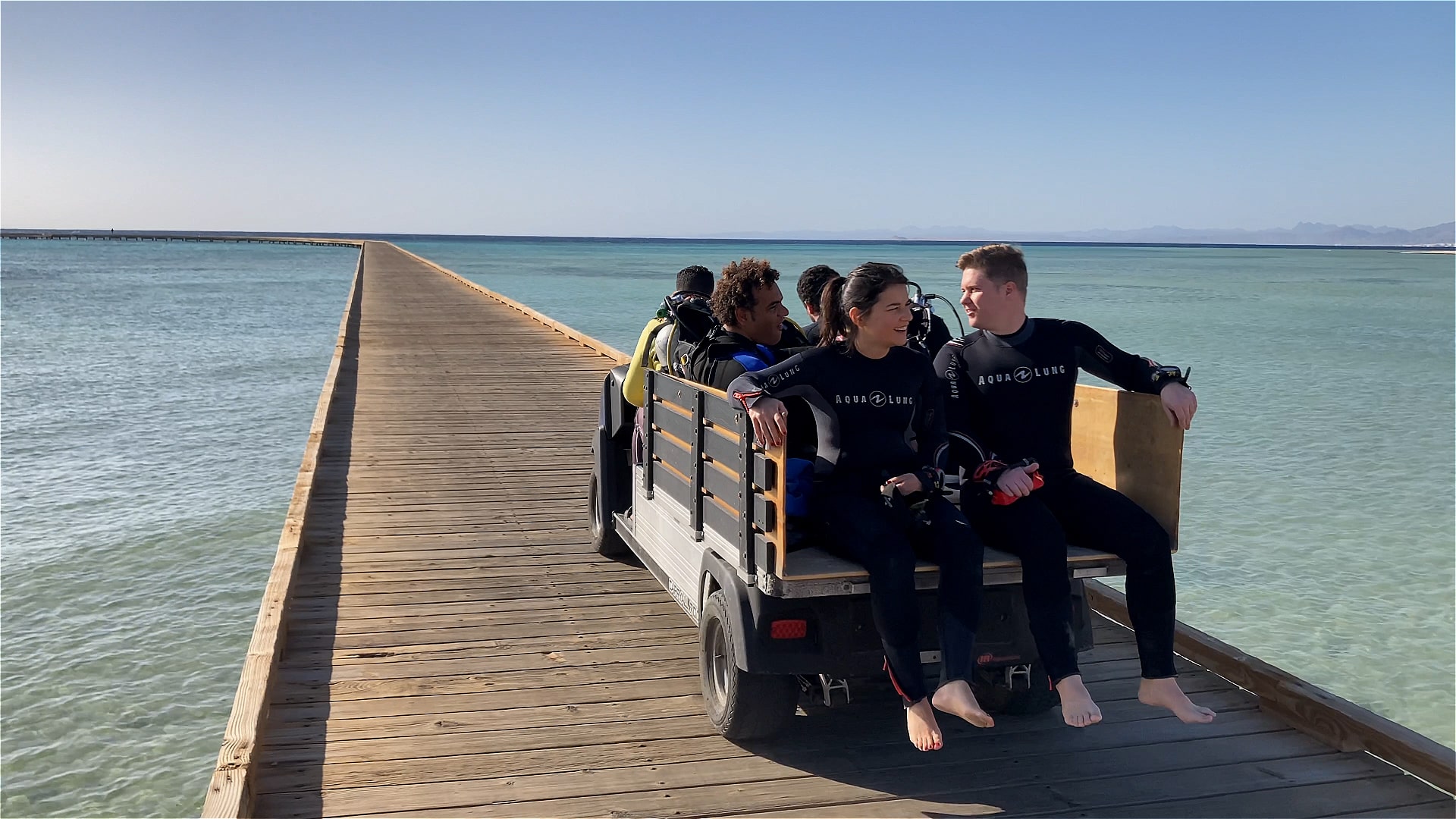
Check in for part 2 tomorrow when Jeff gets on a day boat and dives a few of the off-shore reefs.
Book your next Red Sea dive adventure with SOMABAY! For more information, visit www.somabay.com.
Stay at the Breakers Diving & Surfing Lodge when you visit! For more information, visit www.thebreakers-somabay.com.
Find out more about ORCA Dive Clubs at SOMABAY at www.orca-diveclubs.com/en/soma-bay-en.
Blogs
Jeremy Higson from Sea to Sky talks to Jeff Goodman about diving in Oman (Watch Video)
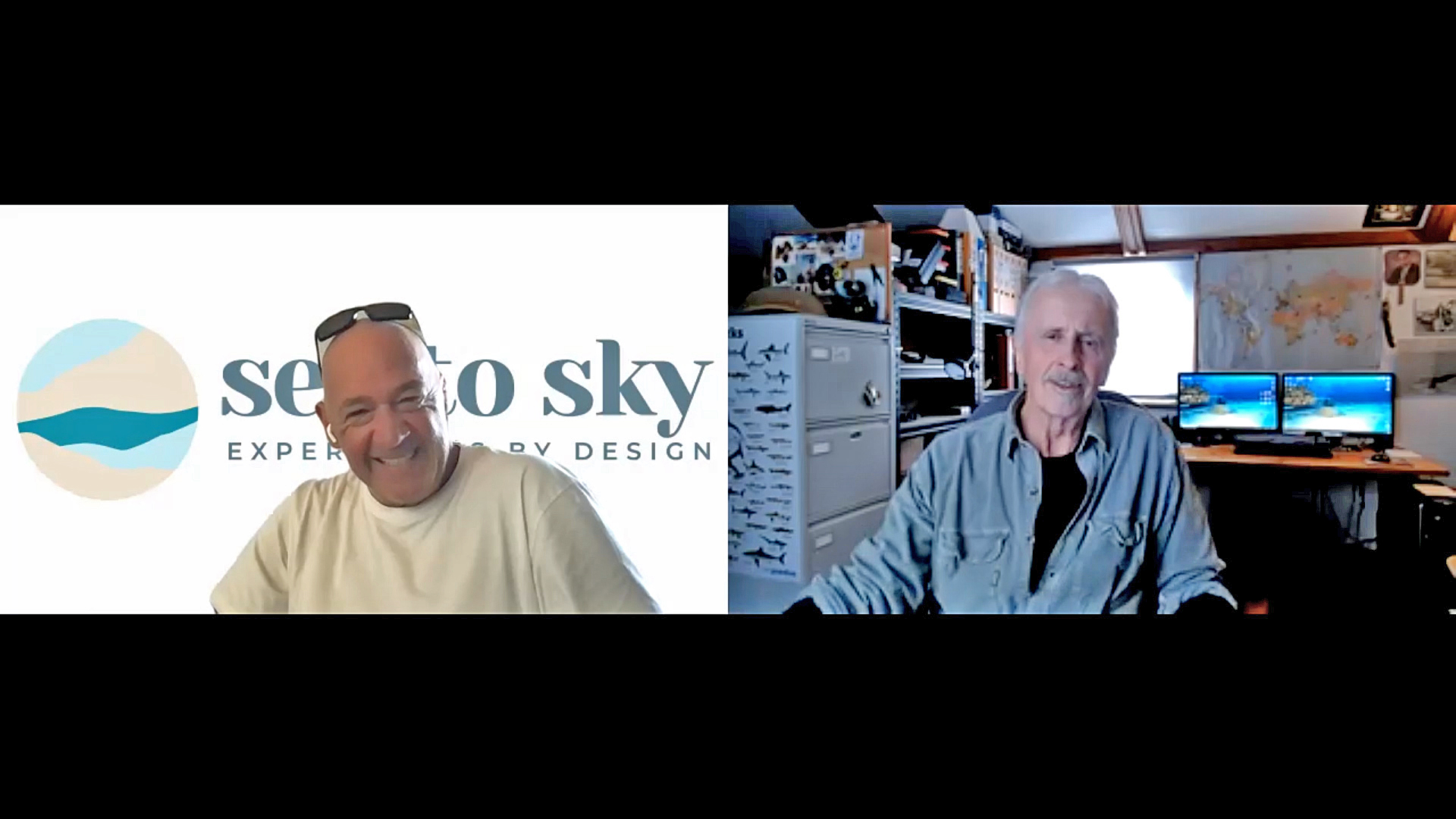
In an interview recorded exclusively for Scubaverse.com, Jeff Goodman interviews Jeremy Higson from Sea to Sky about the itineraries the tour operator offers in Oman.
For more information about diving in Oman, contact Sea to Sky now:
Email: hello@mysetaosky.co.uk
WhatsApp: + 39 379 236 7138
Website: www.myseatosky.co.uk
-

 News2 months ago
News2 months agoHone your underwater photography skills with Alphamarine Photography at Red Sea Diving Safari in March
-

 News2 months ago
News2 months agoCapturing Critters in Lembeh Underwater Photography Workshop 2024: Event Roundup
-

 Marine Life & Conservation Blogs2 months ago
Marine Life & Conservation Blogs2 months agoCreature Feature: Swell Sharks
-

 Blogs1 month ago
Blogs1 month agoMurex Resorts: Passport to Paradise!
-
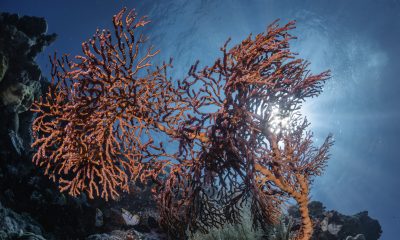
 News3 months ago
News3 months agoDive into Adventure with Photo Pro Paul Duxfield in North Sulawesi this October
-

 Gear News3 months ago
Gear News3 months agoBare X-Mission Drysuit: Ideal for Both Technical and Recreational Divers
-

 Gear Reviews2 months ago
Gear Reviews2 months agoGear Review: Oceanic+ Dive Housing for iPhone
-

 Blogs2 months ago
Blogs2 months agoDiver Discovering Whale Skeletons Beneath Ice Judged World’s Best Underwater Photograph



